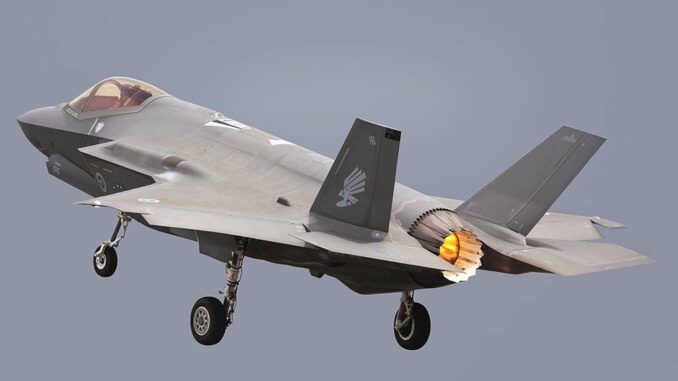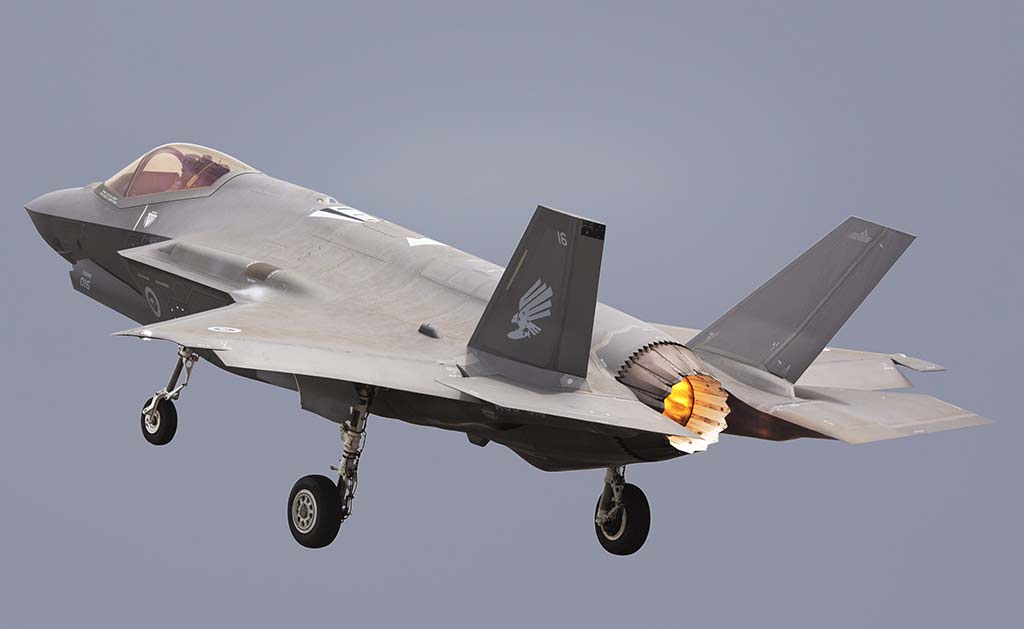
The US military is boosting its naval combat capabilities by equipping its F-35C fighters with long-range missiles. This initiative could be a game-changer in the event of conflict with China, particularly as regards the defense of Taiwan.
The integration of long-range missiles on the U.S. Navy’s F-35Cs represents a significant step forward in the context of growing tensions with China, particularly around the issue of Taiwan. For decades, China has threatened an invasion of Taiwan. Faced with this, the United States is seeking to strengthen its ability to protect the island by equipping its best fighters with weapons effective against ships.
Integrating new weapons on the F-35C
The F-35C, a U.S. Navy stealth fighter, will be equipped with four new munitions, including long-range cruise missiles and short-range precision missiles.
These missiles are crucial in an air and sea campaign to defend Taiwan. They enable an invasion fleet to be attacked effectively from a distance, reducing the risk to American aircraft.
Combined air and submarine strategy
The US Navy is counting on a strategy combining the use of submarines and air strikes to counter a possible Chinese invasion.
American nuclear attack submarines, armed with torpedoes and missiles, can inflict significant damage on the Chinese fleet, but they have limited ammunition capacity. Aircraft, with their high transport capacity and rapid rearmament, are essential to support submarines in the fight against enemy vessels.

Modernizing the air fleet
The US Air Force is also preparing to play a major role in such a conflict with its heavy bombers and future B-21s, while the Navy is improving its capabilities with the F-35C.
The F-35C will soon be able to launch long-range missiles against ships, increasing their effectiveness and safety by staying out of range of enemy defenses.
Strategic implications
These technological developments have significant implications for the balance of power in the Asia-Pacific region. Equipping the F-35C with long-range missiles strengthens the United States’ deterrent posture against China, particularly with regard to the protection of Taiwan. Improvements in US military capabilities could reduce China’s room for maneuver in its strategy towards Taiwan.
The integration of long-range missiles on the US Navy’s F-35C is a significant step forward in the Asia-Pacific arms race. This technological advance could not only dissuade China from acting against Taiwan, but also decisively transform power dynamics in the region. With this development, the United States affirms its commitment to maintaining a strategic balance, while highlighting the growing importance of air and sea superiority in modern conflict.
War Wings Daily is an independant magazine.